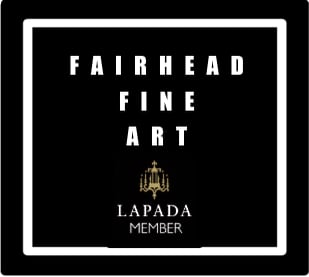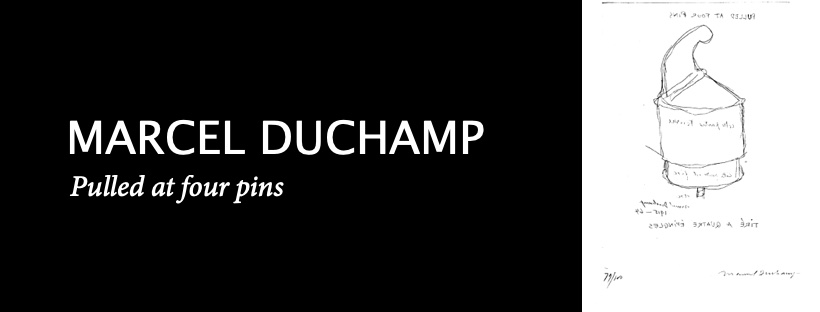The DADA Movement
Dada emerged amid the brutality of World War I (1914–18)—a conflict that claimed the lives of eight million military personnel and an estimated equal number of civilians. This unprecedented loss of human life was a result of trench warfare and technological advances in weaponry, communications, and transportation systems.
For the disillusioned artists of the Dada movement, the war merely confirmed the degradation of social structures that led to such violence: corrupt and nationalist politics, repressive social values, and unquestioning conformity of culture and thought. From 1916 until the mid-1920s, artists in Zurich, New York, Cologne, Hanover, and Paris declared an all-out assault against not only on conventional definitions of art, but on rational thought itself. “The beginnings of Dada,” poet Tristan Tzara recalled, “were not the beginnings of art, but of disgust.”
Dada’s subversive and revolutionary ideals emerged from the activities of a small group of artists and poets in Zurich, eventually cohering into a set of strategies and philosophies adopted by a loose international network of artists aiming to create new forms of visual art, performance, and poetry as well as alternative visions of the world. The artists affiliated with Dada did not share a common style or approach so much as the wish, as expressed by French artist Jean (Hans) Arp, “to destroy the hoaxes of reason and to discover an unreasoned order.”
The Role of Visual Art in Dada
For Dada artists, the aesthetic of their work was considered secondary to the ideas it conveyed. “For us, art is not an end in itself,” wrote Dada poet Hugo Ball, “but it is an opportunity for the true perception and criticism of the times we live in.” Dadaists both embraced and critiqued modernity, imbuing their works with references to the technologies, newspapers, films, and advertisements that increasingly defined contemporary life.
They were also experimental, provocatively re-imagining what art and art making could be. Using unorthodox materials and chance-based procedures, they infused their work with spontaneity and irreverence. Wielding scissors and glue, Dada artists innovated with collage and photomontage. Still others explored games, experimental theater, and performance. A central figure, Marcel Duchamp, declared common, manufactured goods to be “readymade” artworks, radically challenging the notion of a work of art as something beautiful made by a technically skilled artist.What’s in a Name?
Participants claimed various, often humorous definitions of “Dada”—“Dada is irony,” “Dada is anti-art,” “Dada will kick you in the behind”—though the word itself is a nonsense utterance. As the story goes, the name Dada was either chosen at random by stabbing a knife into a dictionary, or consciously selected for a variety of connotations in different languages—French for “hobbyhorse” or Russian for “yes, yes.”
Featured: Pulled at four pins: https://www.fairheadfineart.com/store/product/marcel-duchamp-pulled-at-four-pins

